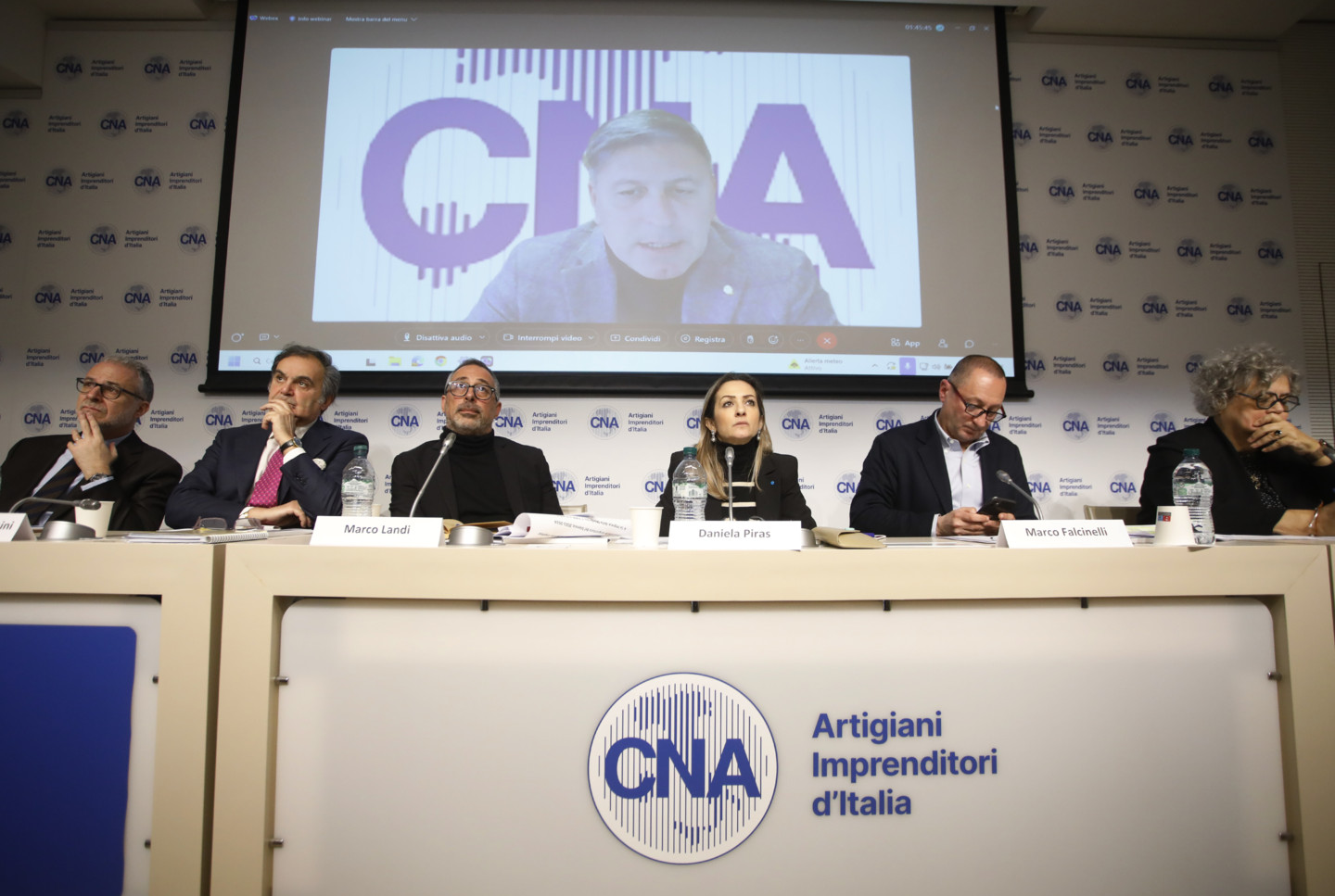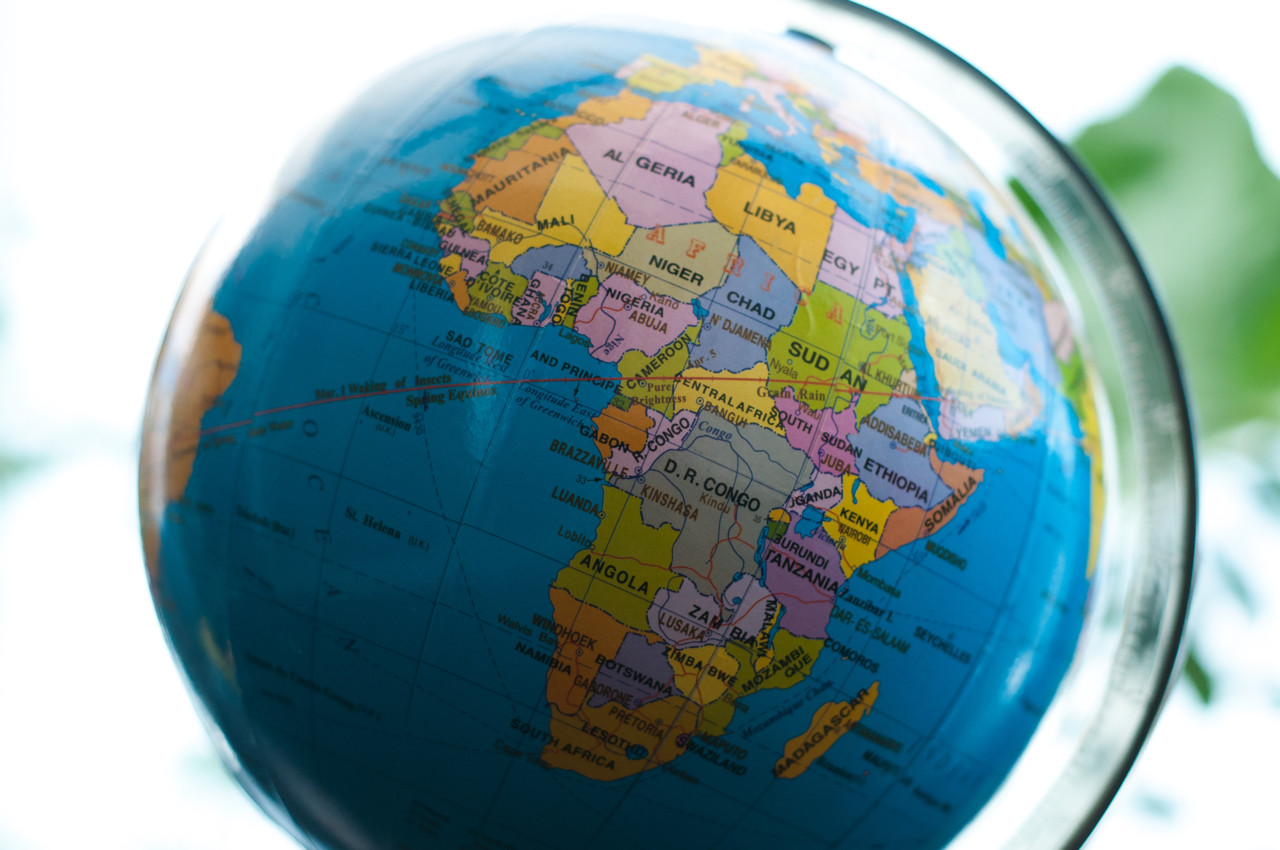
Footwear 4.0: the platform for smart footwear manufacturing
At the 22nd UITIC (International Union of Shoe Industry Technicians) Congress in Shanghai, Assomac presented its new modular and interoperable digital ecosystem.
Keep reading...
March 2025

At the ‘Dialogue on the Fashion Sector’ meeting on 12 March in Rome, entrepreneurs and trade unionists discussed the sector's bad moment, emphasising that Italy remains the ‘manufacture of Europe’ for quality production, and the need to preserve this heritage.
‘The time has come for politics to give the right answers to the fashion sector. The right answers to our artisans for what they do with their hands, their head, their heart. And for what they create, the pride of Made in Italy all over the world,’ said CNA national president Dario Costantini speaking at the “Dialogue on the fashion sector” held in Rome in the CNA auditorium on 12 March. Costantini emphasised the specific weight of artisans and small businesses in the country’s system and highlighted their role in innovation as well, pointing out, for example, that one third of small businesses use artificial intelligence. Unfortunately, the laws are not adapted to the changing reality and the framework law on craftsmanship dates back over forty years.
The national president of the CNA then highlighted the energy problem: ‘We do not like the energy decree,’ he reiterated, ‘which excludes more than one million companies from the bill cuts because they have an installed power of less than 16.5kW. Businesses that already find themselves paying many tens of points more for energy than their European competitors’. And we do not like ‘that camouflaged tax represented by insurance contracts covering damage to property directly caused by natural disasters and catastrophic events. Not only does this measure in several cases fail to protect against the consequences of disasters, but in one month it requires almost four million companies to take out particularly complex policies, with respect to which operating procedures were only provided at the end of February’.
The two-year period 2023/2024 was very tough for the fashion industry, which lost 9.7% added value against -1.9% for the manufacturing sector and reduced its workforce by 3%. The bad patch has actually been going on since well before that, it burst more than fifteen years ago, at the time of the financial bubble.
It is difficult to make predictions at such a complex time from a geopolitical and economic point of view. Certainly, to try to imagine a desirable future for the sector, one must take into account certain negative elements. Fashion is a labour-intensive sector (and therefore with low margins), it suffers from a high presence of irregular activities, it is faced with the progressive ageing of the Italian population which weakens the domestic market. But there are also some strengths of the sector on which to build. The appreciation for Italian professionalism is global, especially for the high end and higher added value. The duties announced by the US are frightening, but on the other hand, exports to other important areas of the world, from Asia to the Gulf countries, are growing.
‘Italian fashion has a future and continuity,’ said the president of CNA Federmoda, Marco Landi, ‘we remain Europe’s manufacturing industry in terms of quality production, we must preserve this heritage. Italian companies can continue to be protagonists on international markets. To do so, they must be put in a position to invest. We therefore call for an industrial policy that allows this. Today we also need support on the liquidity front, so we call for measures for a credit policy to support the Italian fashion system’.

At the 22nd UITIC (International Union of Shoe Industry Technicians) Congress in Shanghai, Assomac presented its new modular and interoperable digital ecosystem.
Keep reading...
With €46 million in imports and an Italian share of over 42%, the African market for leather and footwear technology continues to be a strategic growth area. To further strengthen it, Assomac and Simac Tanning Tech are building commercial and industrial bridges from Senegal to Ethiopia.
Keep reading...
Gas, co-moulding and recyclable thermoplastics: at Simac Tanning Tech 2025, the sole sector shows where innovation is really heading.
Keep reading...You must login to read this free content
This content requires a subscription to view. Are you already a subscriber? Sign in